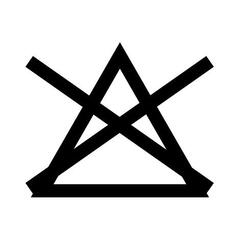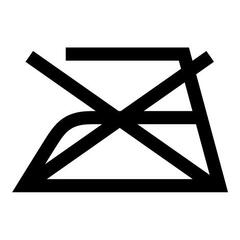Sizing information
Close-fitting feminine cut. Sized so that it can be worn over a warm second layer such as a light sweater or fleece.
Hood
Removable using snap fasteners. Height can be adjusted using an elastic drawstring and toggles. Adjustable depth using a hook and loop fastener positioned at the back of the hood. Shape memory visor provides good face protection.
Jacket hem drawstring
Elastic draw-strings and toggles.
Wrist adjustment
Velcro tab fasteners.
Pockets
2 hand pockets + 1 chest pocket + 1 inner pocket. These 4 pockets have zippers.
Hi-tech lining
Dual-material lining: mesh upper body to enhance the garment's breathability/nylon around the hips and sleeves to optimize ease of movement and resistance to wear.
Waterproof component
We measure a fabric's resistance to water pressure, expressed as a water column in mm (based on the ISO 811 standard). The higher the water pressure, the more waterproof the fabric. A waterproof rating of 2000 mm means that the fabric can withstand the pressure exerted by 2000 mm of water (the equivalent of nearly a two hour downpour).
Garment waterproofing
This garment has been shower-tested using 16 gallons of water/sqm/hour for 2 hours. This test reproduces the average conditions of a rain shower in the mountains.
Component breathability
To find out whether a fabric is breathable, we test its evaporative resistance or RET (based on the ISO 11092 standard). The lower the fabric's resistance, the more water vapor generated by physical activity is able to evaporate, and the higher the fabric's breathability. For example: RET < 9 = extremely breathable fabric / 920 = little or no breathability.
Component with coating or a membrane
Coating: like a layer of "paint" applied on the underside of the fabric to make it waterproof while remaining breathable. It is often less costly than a membrane, and requires a lining for protection.
The membrane: is like a very fine plastic film (polyurethane) making the component waterproof while remaining breathable. It has the edge, being more supple, lightweight, durable and often more breathable than coating.
Water repellent component
A fabric is water repellent when it allows water slide over its surface without seeping in. This prevents the fabric from swelling, and keeps it lightweight, breathable and warm. The fabric is made water repellent by treating its outer surface. This treatment must be renewed throughout the garment's lifetime (recommended after every three washes). All Quechua waterproof jackets have received a water-repellent treatment.
Additional recommended products
Care products: spray or liquid water repellent treatment in the washing machine. Helps renew fabric's water-repellent properties and optimize your garment performance throughout its life.
A score for comparing products' environmental impact
The product's environmental impact is calculated across its entire life cycle using different indicators. An overall ABCDE score is allocated to help you more readily identify the products with the best environmental performance by comparing the same type of product (T-shirts, pants, backpacks, etc.).
Decathlon is committed to visually displaying environmental information.
For more information visit: http://sustainability.decathlon.com/




